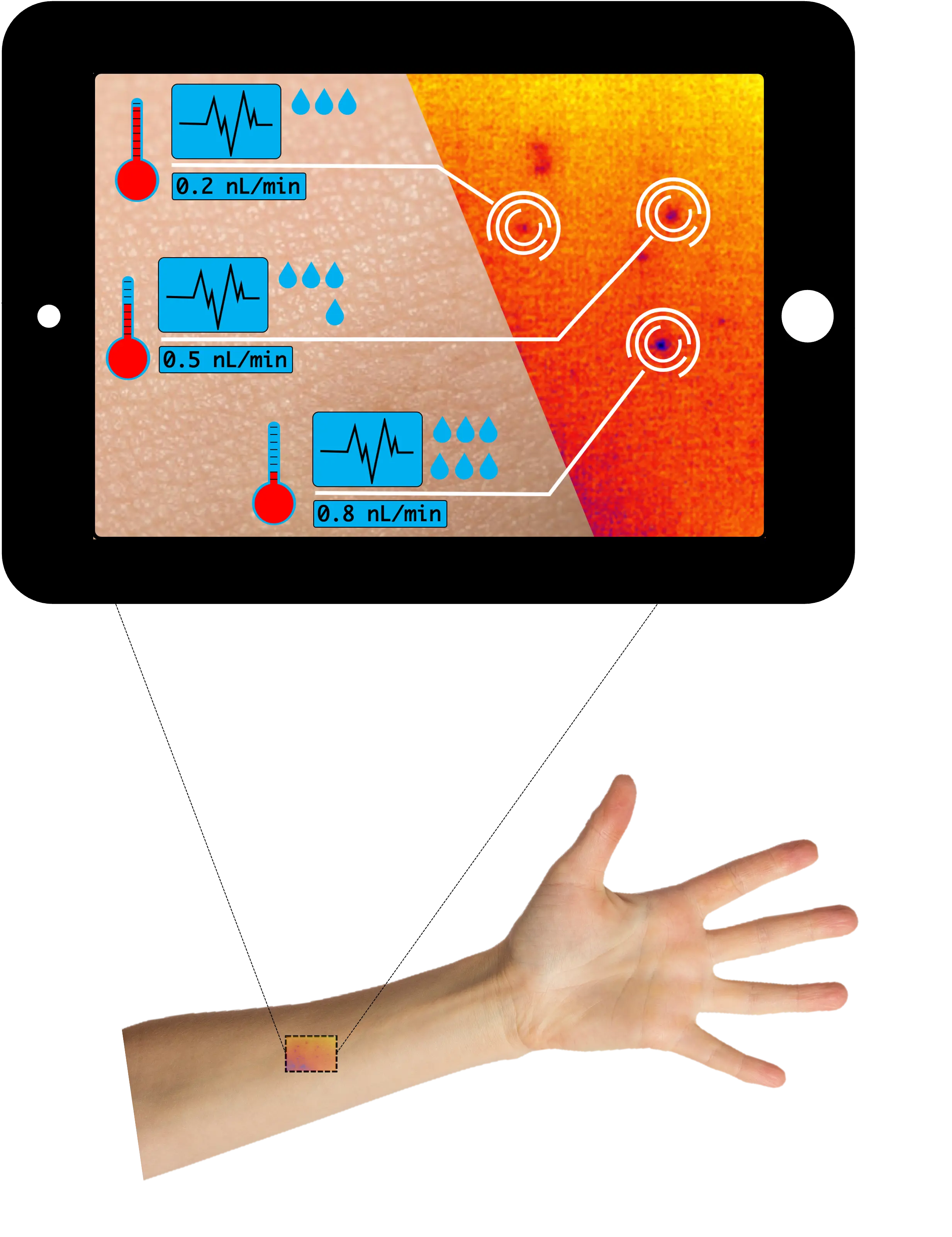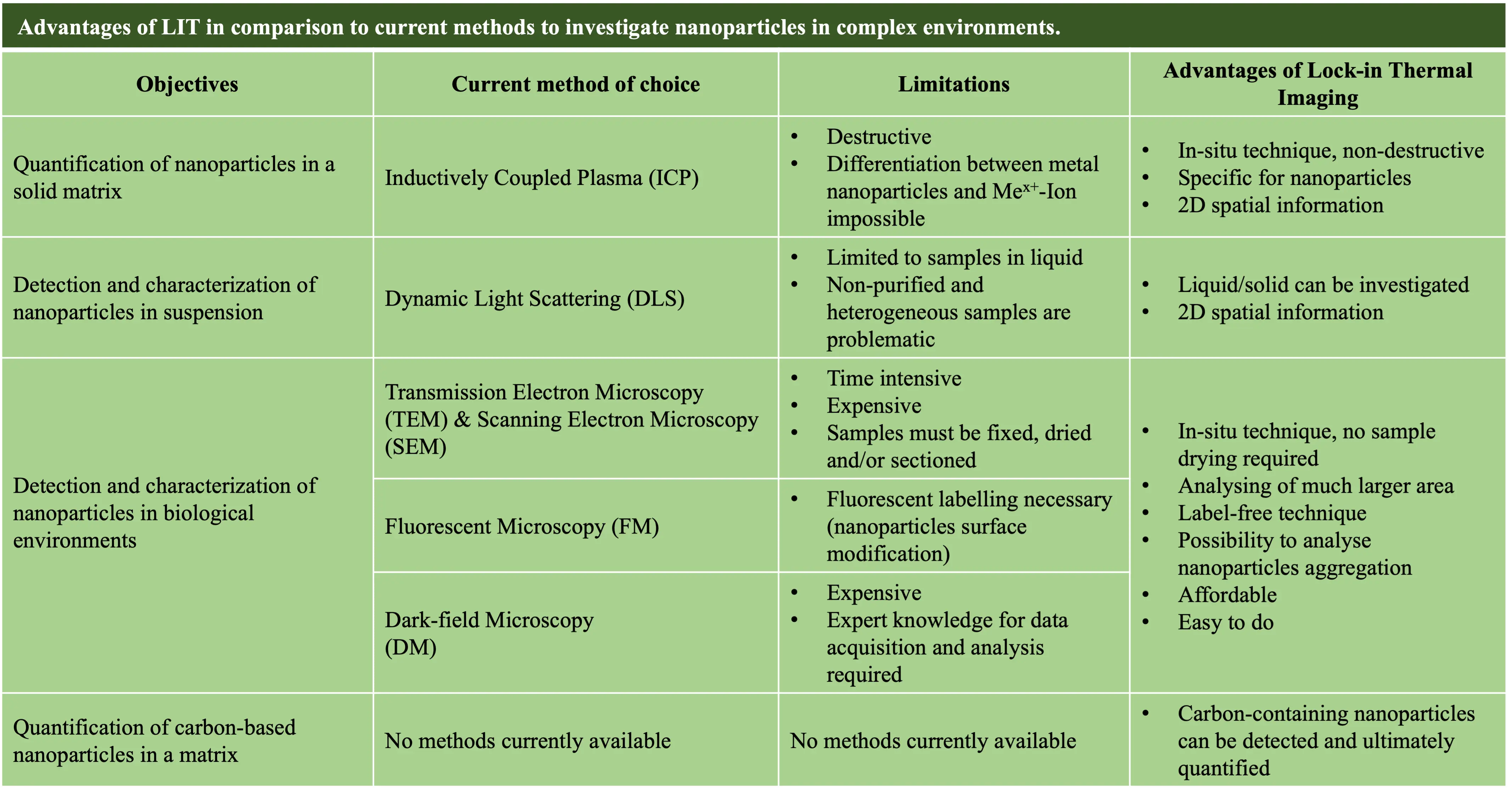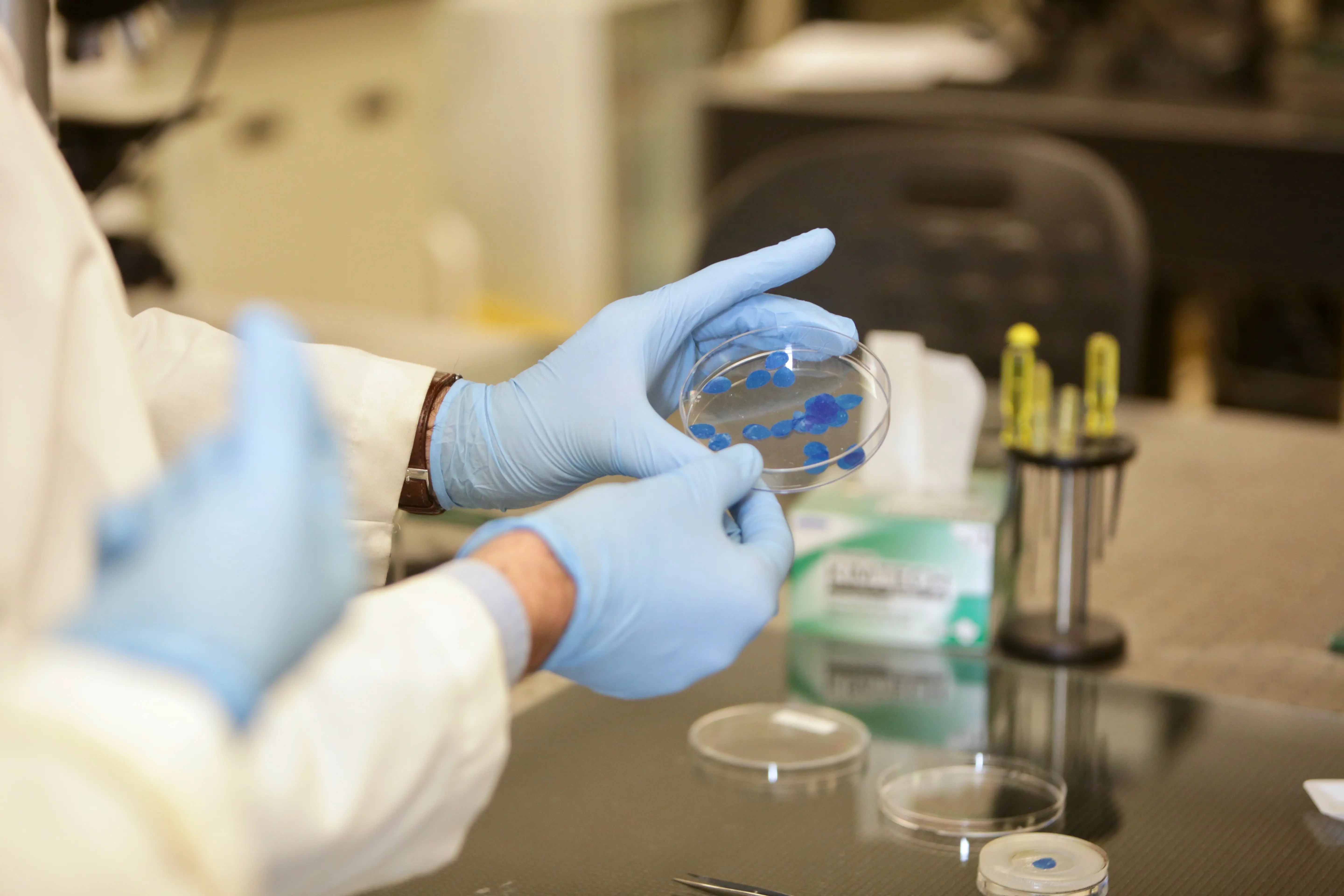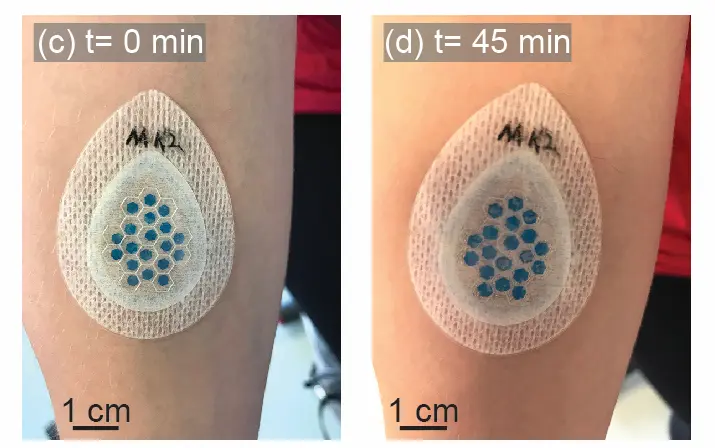Sensors and Measuring Systems
Applied Research & Development
Featured articles
"A Simple Non-Contact Optical Method to Quantify In-Vivo Sweat Gland Activity and Pulsation"
Objective: The current predominant techniques for monitoring sweat gland activity rely on basic gravimetric methods, measuring the overall sweat rate across multiple glands within a specific skin region. A more advantageous approach would involve a method capable of individually quantifying gland activity. This improvement is particularly crucial for enhancing the efficacy of treatments for conditions diagnosed through sweat tests, such as hyperhidrosis, cystic fibrosis, and peripheral nerve degeneration.
Methods: We developed an optical method employing an infrared camera to track skin surface temperature. Subsequently, a thermodynamics computer model was implemented to analyze these temperature values, along with environmental factors like ambient temperature and relative humidity. This allowed the calculation of sweat rates for individual glands under chemically stimulated and unstimulated sweating conditions. The optical method also enabled the observation of pulsation patterns in individual sweat glands.
Results: In this preliminary study, we successfully demonstrated the feasibility of the optical approach by measuring sweat rates of individual glands across various locations on the body. The calculated values obtained through this method aligned with expected sweat rates derived from literature values. Additionally, we observed the absence of pulsatile sweat expulsion during chemically stimulated sweating and proposed a potential explanation for this phenomenon.
Conclusion: Our study introduced a straightforward, non-contact optical method for in-vivo quantification of sweat gland activity.
Significance: This method empowers researchers and clinicians to simultaneously investigate multiple sweat glands, offering the potential for more precise diagnoses and treatments. Furthermore, it enhances the utility of wearable sweat sensors, promising advancements in the monitoring and management of related medical conditions.
Featured projects
Thermal imaging-based investigation of stimuli-responsive nanomaterials in complex environments
Stimuli-responsive nanomaterials are nanoscale materials that exhibit the ability to generate heat upon stimulation (alternative magnetic field, light, etc.). Together with the Adolphe Merkle Institute (Prof. Alke Fink) and the University of Fribourg (Prof. Marco Lattuada), we are developing new thermography-based measurement methods to investigate stimuli-responsive nanomaterials in complex environments like tissue or cells.
Several years ago, we were the first to propose lock-in thermal imaging (LIT) as the optimal method to detect, characterize and quantify nanoparticles "in-situ". Since then, we protected our invention with 2 patents, published numerous scientifc results and created the spin-off company NanoLockin GmbH (CEO: Dr. Christoph Geers). We are constantly improving and further developing the technology with our partners to establish LIT as the new gold standard in Nanoscience and Nanotechnology.
Sweat Sensing
The Sensors and Measuring Systems lab is active in sweat sensing research. Together with the group of Prof. Jason Heikenfeld, we developed ultra simple wearable patches to monitor swear rate (DOI: 10.1039/C9LC00911F ). We are currently extending this technology to measure other sweat properties like pH.
Videos
3D printed novel semi-dry electrodes - Stay tuned for the upcoming paper from Christian Grossmann

Artificial skin models
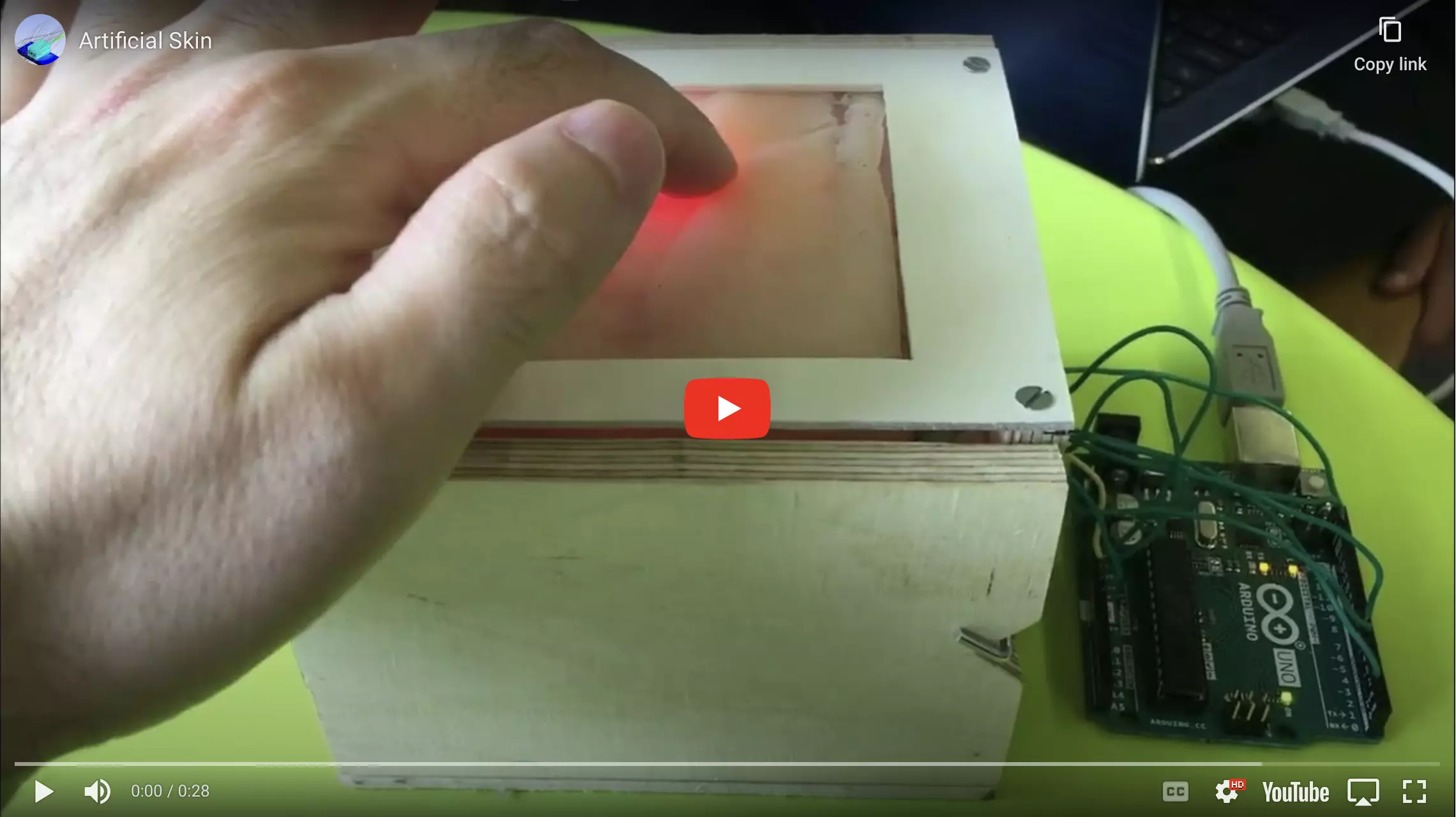
Artificial tactile skin
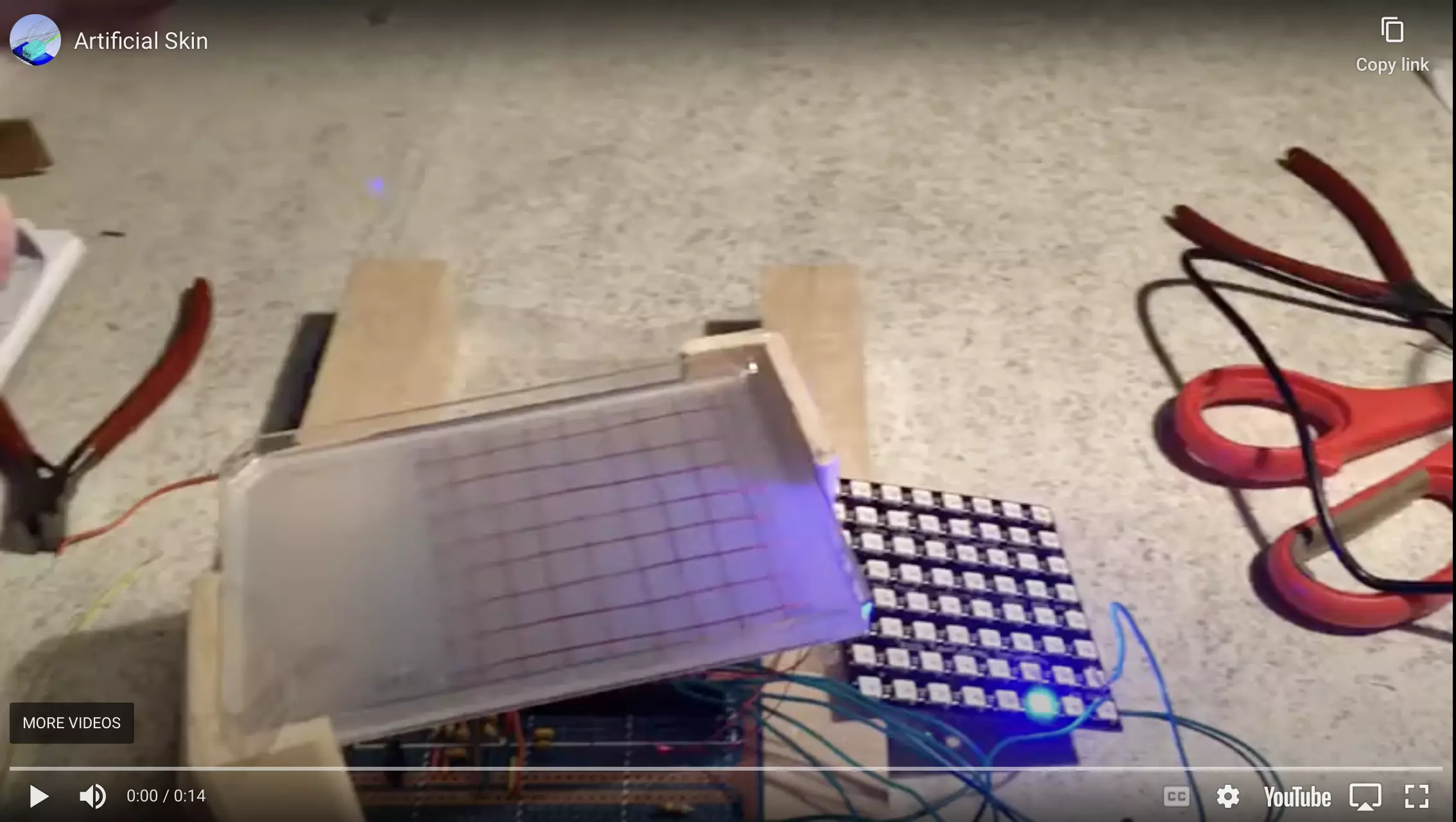
ThermaIR - Low-cost thermal treatment of human cutaneous leishmaniasis lesions

Dermolockin project

Dermolockin on SRF!
NanoLockin - Check if your particles are hot!

Ongoing projects
Unfortunately, no list of projects can be displayed here at the moment. Until the list is available again, the project search on the ZHAW homepage can be used.
